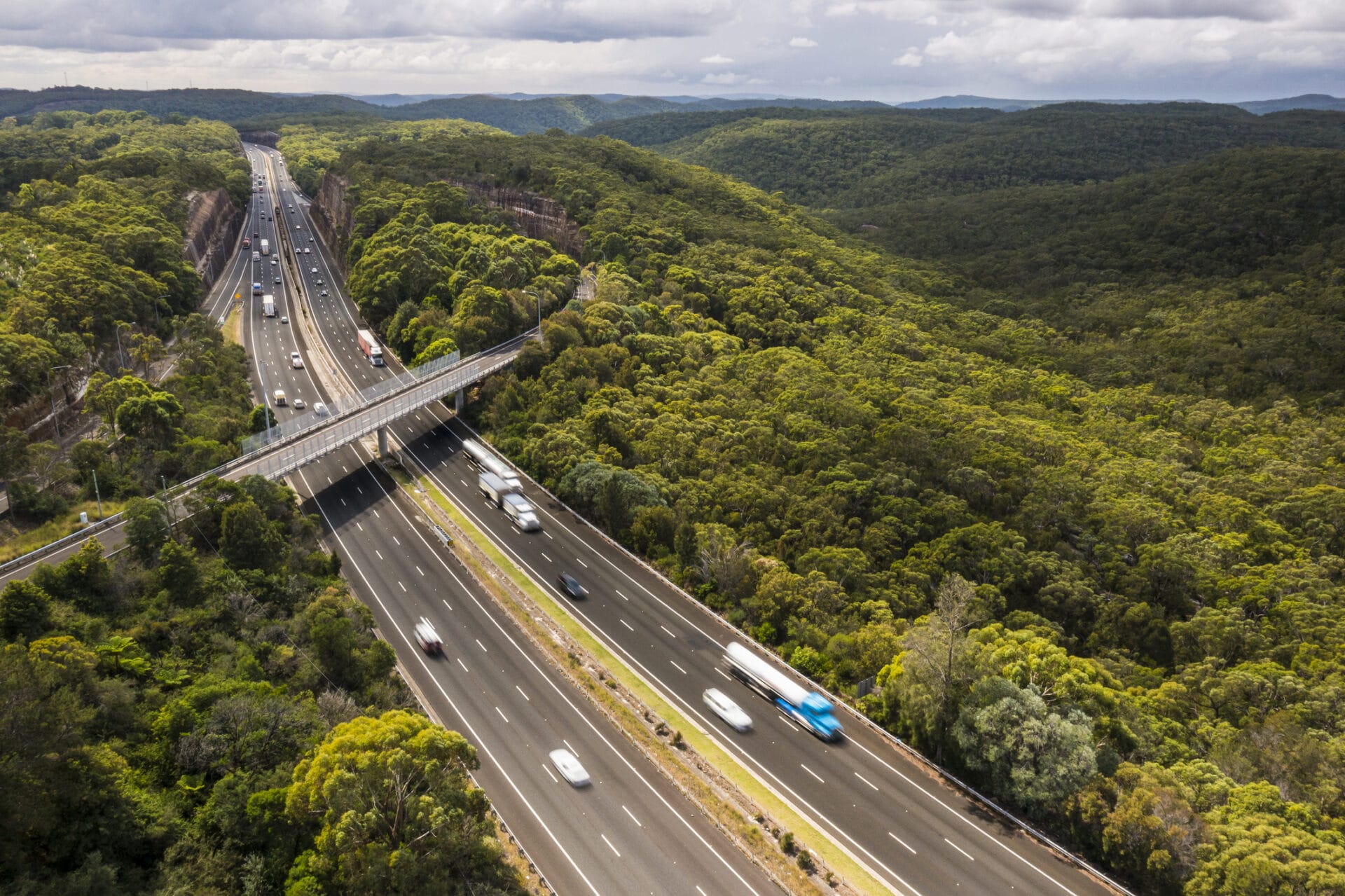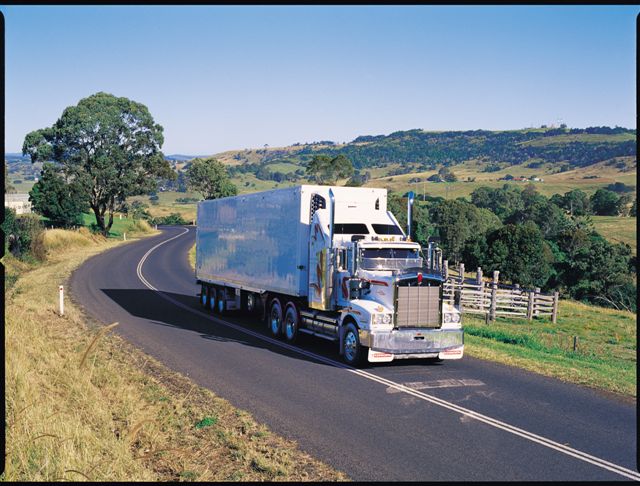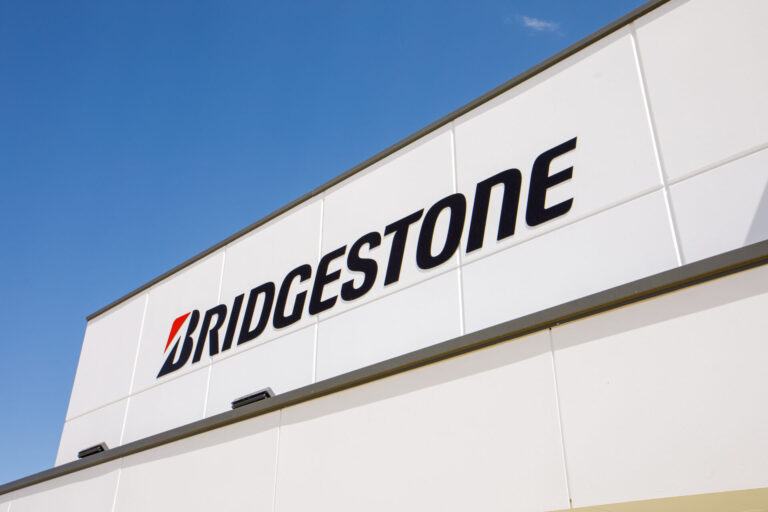When it comes to the issues in the trucking industry right now, the conditions of our roads, congestion and access have all come to the foreground. NatRoad members have told us that of all their concerns, access is one of the challenges topping their list. What’s more, better access for trucks feeds through into improved productivity for any industry using road transport.
NatRoad has been working together with other industry associations and stakeholders to keep up the momentum of access reform and help drive higher productivity both within our industry, and ultimately across the entire economy.
NatRoad’s ‘Road to 2028’ agenda highlights the urgent need to improve heavy vehicle access to both unlock safety and productivity benefits, and reduce the burden on operators of constantly having to apply for permits.
NatRoad recognises the work of the National Heavy Vehicle Regulator (NHVR) in allowing tasks – which once required multiple access permits – to be fulfilled under the same notices. However, the process has not progressed quickly enough. Trucking operators are being hamstrung by delays in the issuing of permits and the increasing costs to meet compliance requirements.
Due to the dramatically increasing need for higher productivity vehicles the number of permits required has more than doubled in the past decade. The strain on the process, which uses legacy systems to process and analyse permit applications, is causing delays that will further hamper any progress on improving productivity. Many of these delays could be averted by giving general approval to the types of heavy vehicles consistently being granted access under a permit, almost automatically, today.
There are many routes to productivity. Removing the red tape of unnecessary permits and complicated application processes is one clear solution that benefits the Australian economy and enables regulators and road asset owners to concentrate on other areas to deliver further improvements.
In NatRoad’s submission to the National Heavy Vehicle Regulator’s Productivity Plan 2024-2029, we called for governments to take bold action to boost productivity, with the elimination of 90% of all heavy vehicle road access permits by 2028.
Governments should not simply start applying a layer of automation over the top of a broken and inadequate permit system. A new approach to network-based access is needed, one that reduces red tape for industry and removes administrative burdens for governments.
The recent announcement from the Victorian Government that it will end the imposition of structural bridge assessment fees next year is an example of reducing red tape and costs for operators. It comes after extensive industry engagement with NatRoad working alongside the Victorian Transport Association and the Heavy Vehicle Industry Association on the issue.
It’s great to see the Victorian Government now recognising the issues facing trucking operators. The ending of structural bridge assessment fees in Victoria represents the kind of change we need to see across the country and would make a significant difference in the push for more higher productivity trucks on our roads.
The Heavy Vehicle Structural Assessment Permit System in Victoria, will be capable of automating 85% of the vital structural assessments needed, leading to reduced processing times for applications from transport operators. Faster assessment and approval aids in a substantial improvement in productivity outcomes.
NatRoad’s work with the Victorian Government, aims to further improve the transition to a more efficient process for operators looking to improve productivity.
The Australian economy also needs the proposed National Automated Access System (NAAS) as soon as possible to enable businesses to plan and execute freight tasks in real time online. The Tasmanian Heavy Vehicle Access Management System (HVAMS) has proved an efficient access system is possible. It should be rolled out nationally and as a matter of urgency.
Modelling has shown improving heavy vehicle access would save the average consumer over $450 annually. This reduction in red tape is something everyone should be getting behind in a period when the rising cost of living is at the front of everyone’s mind.
*Warren Clark is CEO of the National Road Transport Association.
NatRoad communications are intended to provide commentary and general information.



